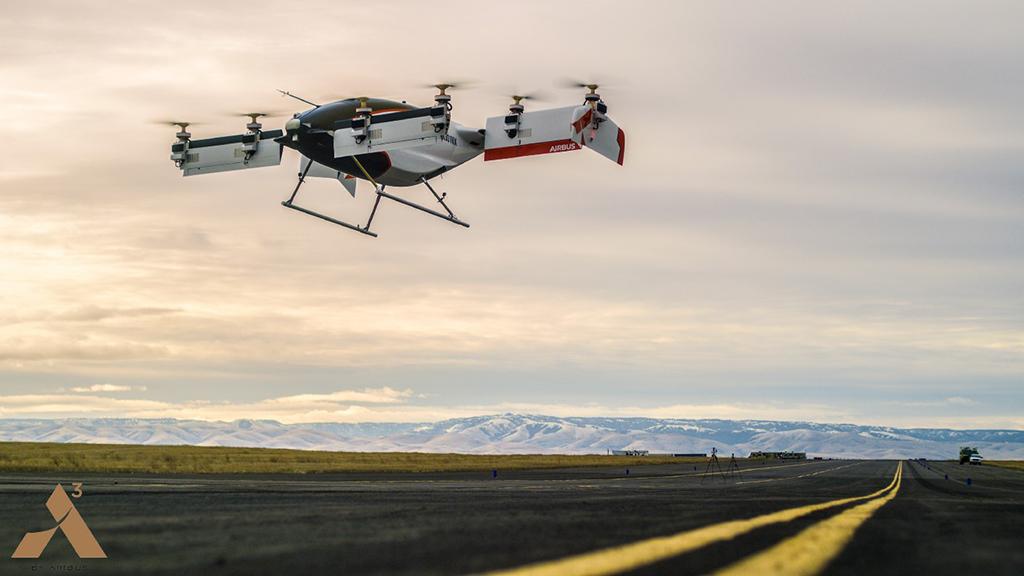
Airbus Vahana
The full-scale Vahana eVTOL demonstrator, built by Airbus’s Silicon Valley outpost A3, made its first hover flight on Jan. 31. Designed to be autonomous, the single-seat, all-electric Vahana has eight propellers mounted on tandem wings that tilt to transition between vertical and forward flight.
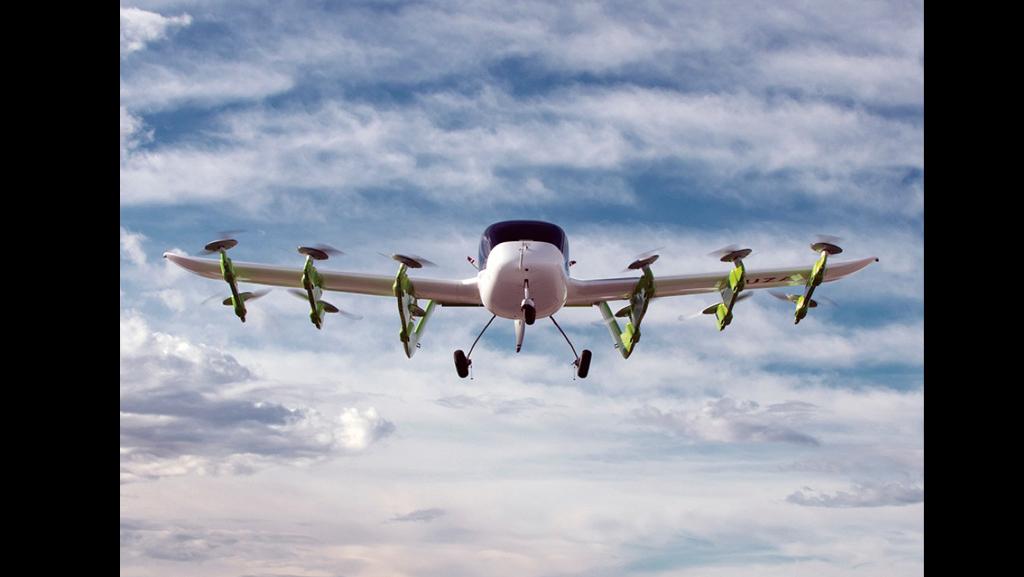
Kitty Hawk Cora
Backed by Google co-founder Larry Page, Kitty Hawk revealed in March that its Cora two-seat eVTOL air taxi is being flight-tested in New Zealand and California. The autonomous, all-electric Cora has 12 lift rotors mounted on booms under the wing for vertical flight and a pusher propeller for forward flight.
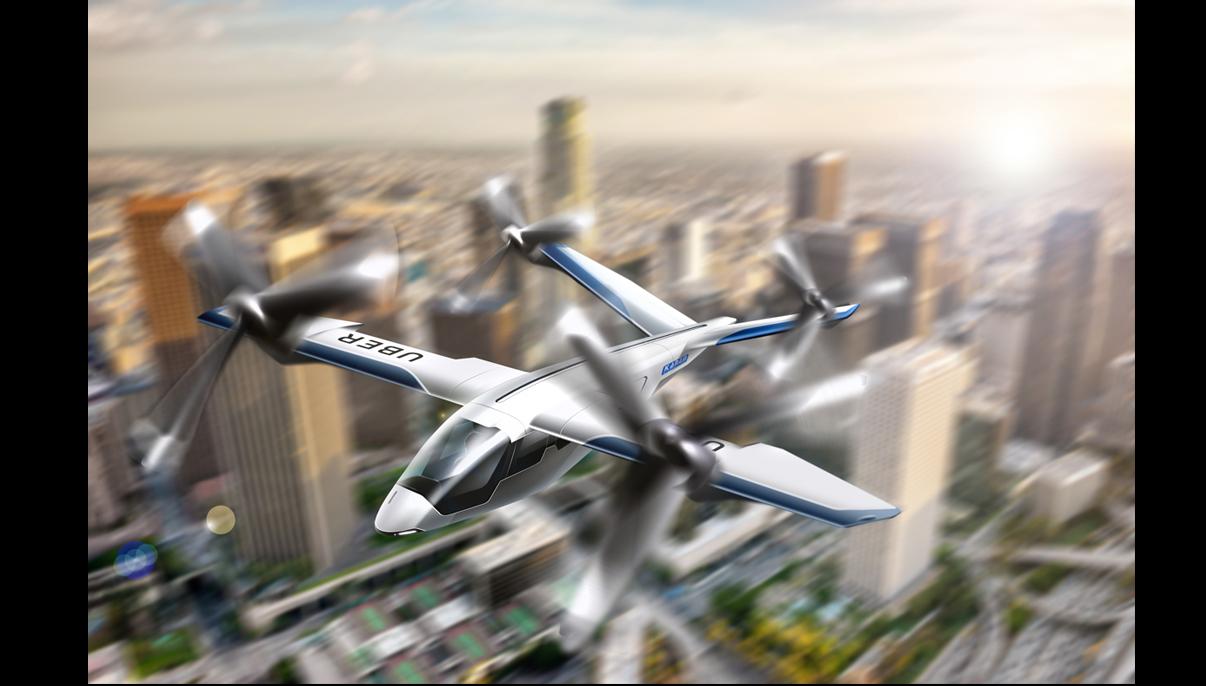
Karem Aircraft
At the second Uber Elevate summit on May 8-9, the ridesharing giant signed up Karem Aircraft as an eVTOL vehicle development partner for its urban air mobility initiative, joining Aurora Flight Sciences, Bell, Embraer and Pipistrel Aircraft. Karem is developing the all-electric, four-rotor Butterfly optimum-speed tiltrotor.
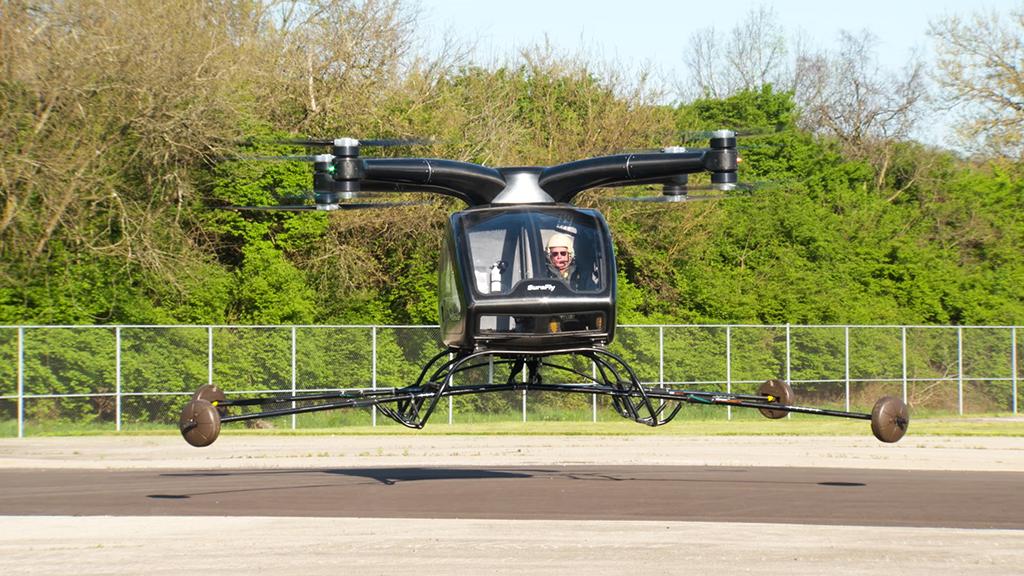
Workhorse SureFly
U.S. truck-maker Workhorse Group flew its SureFly “electric helicopter” for the first time in early May. The hybrid-electric two-seat vehicle has a gasoline engine, backup battery system and eight electric-driven props mounted in coaxial pairs at the ends of four arms above the cabin. Certification is hoped for in 2019.
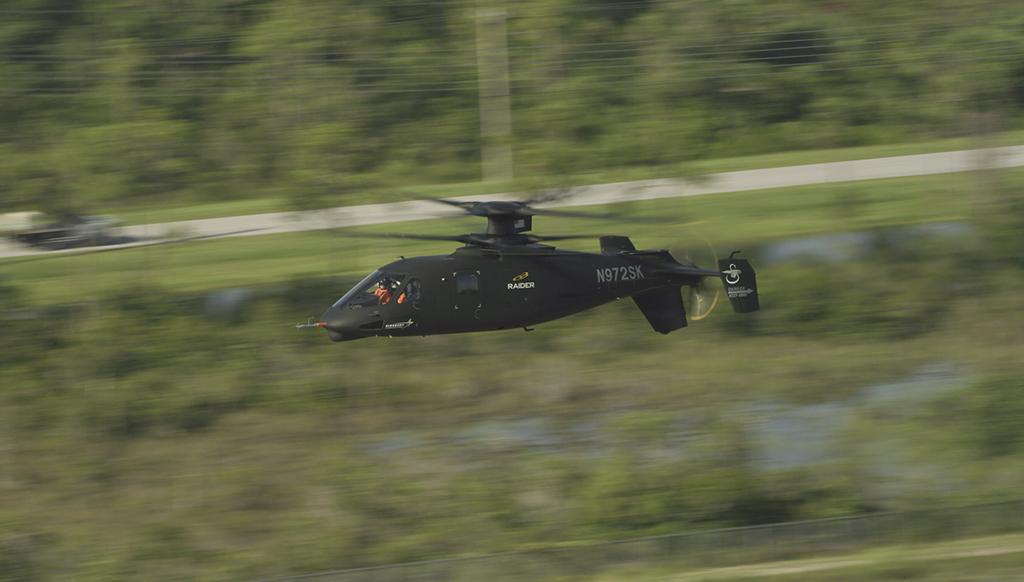
Sikorsky S-97 Raider
Sikorsky’s S-97 Raider high-speed helicopter returned to the air when the second prototype made its first flight on June 19. By September, the rigid coaxial-rotor compound helicopter had exceeded 200 kt. The S-97 is being offered for the U.S. Army’s Future Attack Reconnaissance Aircraft requirement.
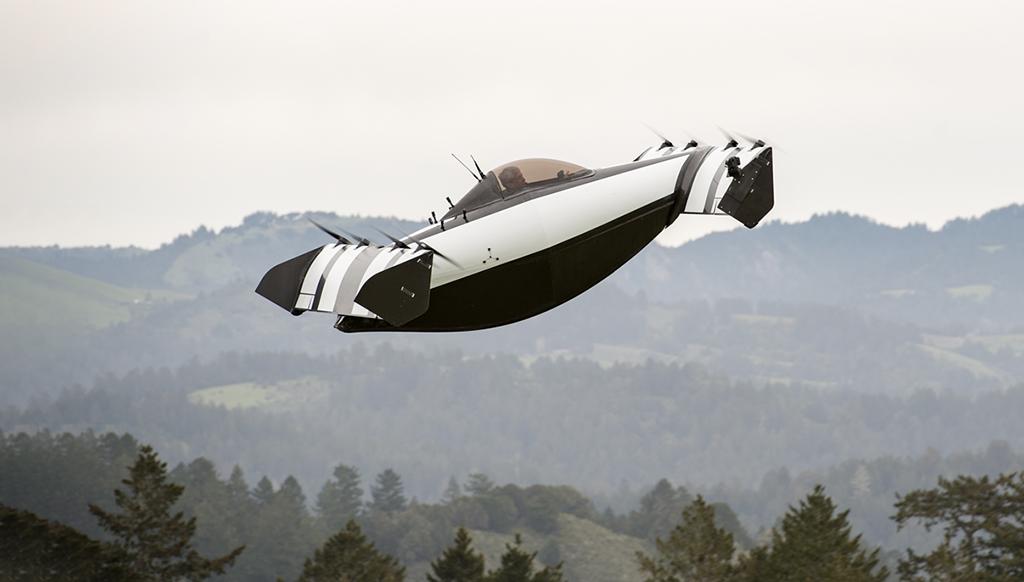
Opener BlackFly
Startup Opener unveiled the BlackFly single-seat personal air vehicle on July 12. The all-electric, fixed-wing, near-VTOL aircraft is intended to fit within U.S. ultralight rules that require no aircraft certification or pilot license. The amphibious aircraft has eight propellers mounted on tandem wings.
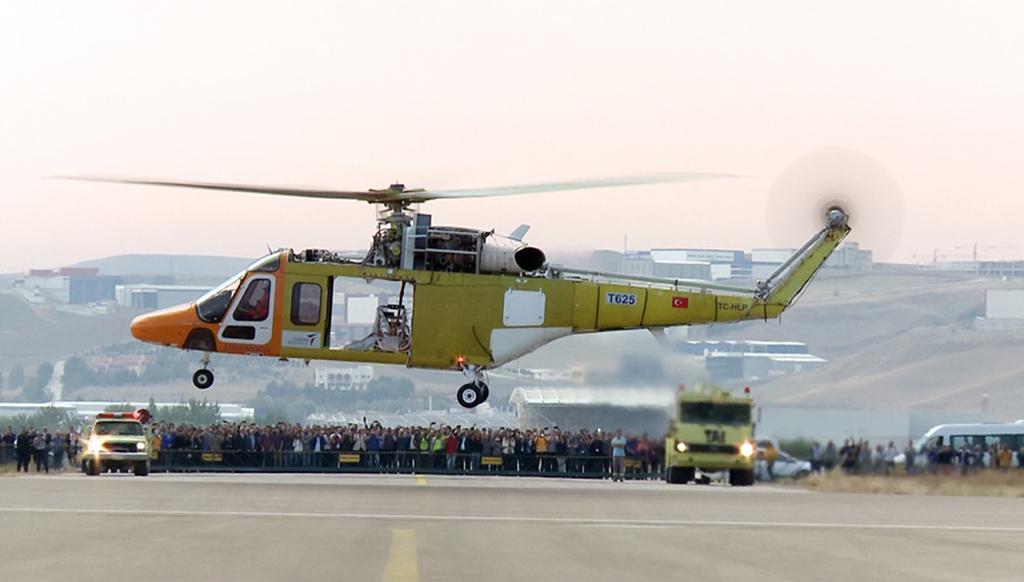
Turkish Aerospace T625
Turkish Aerospace Industries flew the prototype T625 intermediate helicopter for the first time on Sept. 6. Turkey’s first indigenously developed helicopter, the 12-seat, 6,000-kg (13,200-lb.) T625 is powered by two LHTEC CTS800 turboshafts. Certification is targeted for 2020.
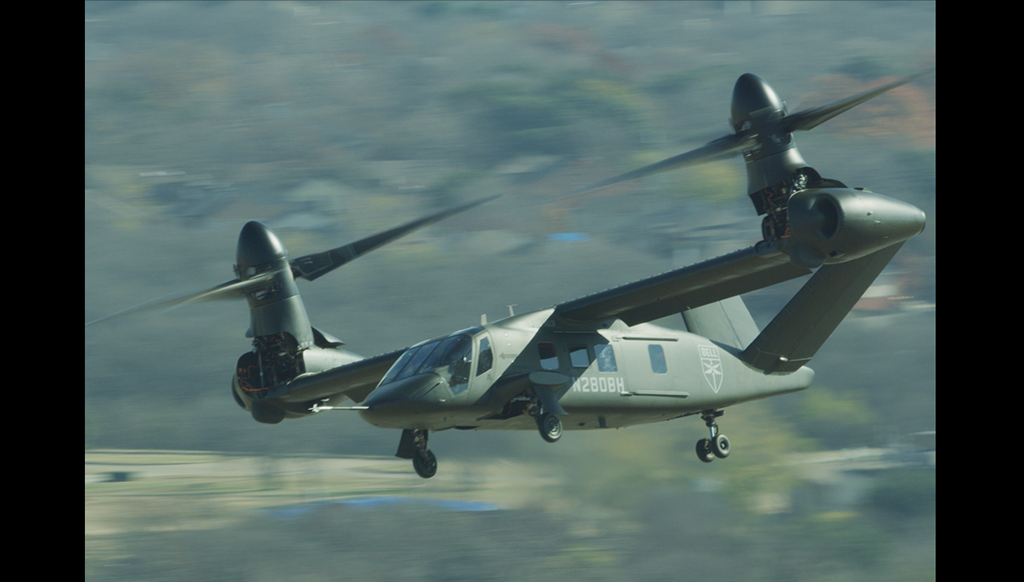
Bell V-280 Valor
Bell’s V-280 Valor advanced tiltrotor began flying in cruise mode in May 2018, with the nacelles fully down, and had reached 250 kt. true airspeed by October. The target is at least 280 kt. Flight testing began on Dec. 18, 2017, under the U.S. Army’s Joint Multi-Role technology demonstration.
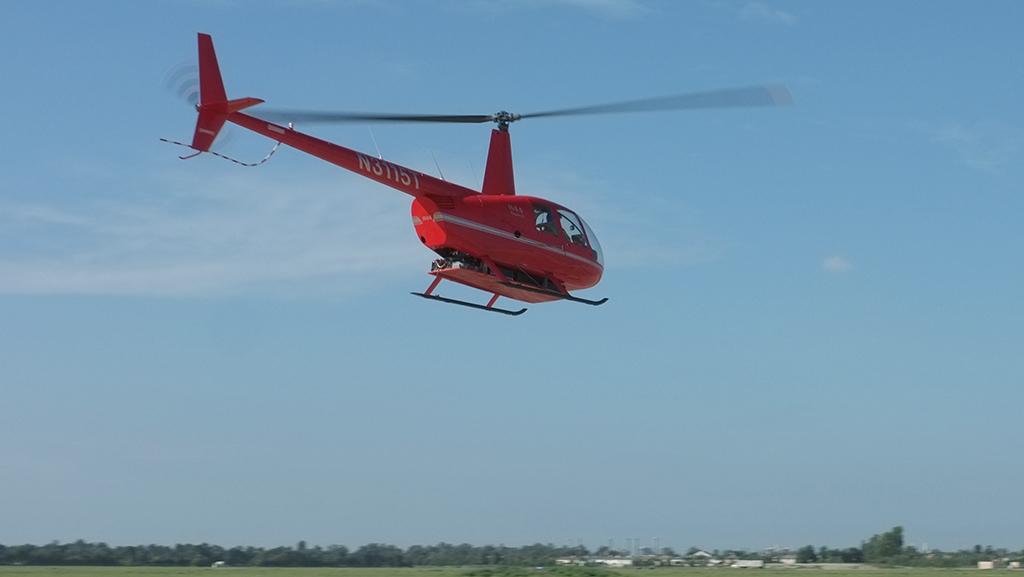
Tier 1 Engineering R44
Tier 1 Engineering on Dec. 7 set an unofficial record for distance flown by an electric helicopter, its battery-powered Robinson R44 flying 30 nm at an average speed of 80 kt. The helicopter was modified under a contract from Lung Biotechnology to produce a semi-autonomous electric rotorcraft to deliver manufactured organs for transplantation to major hospitals.
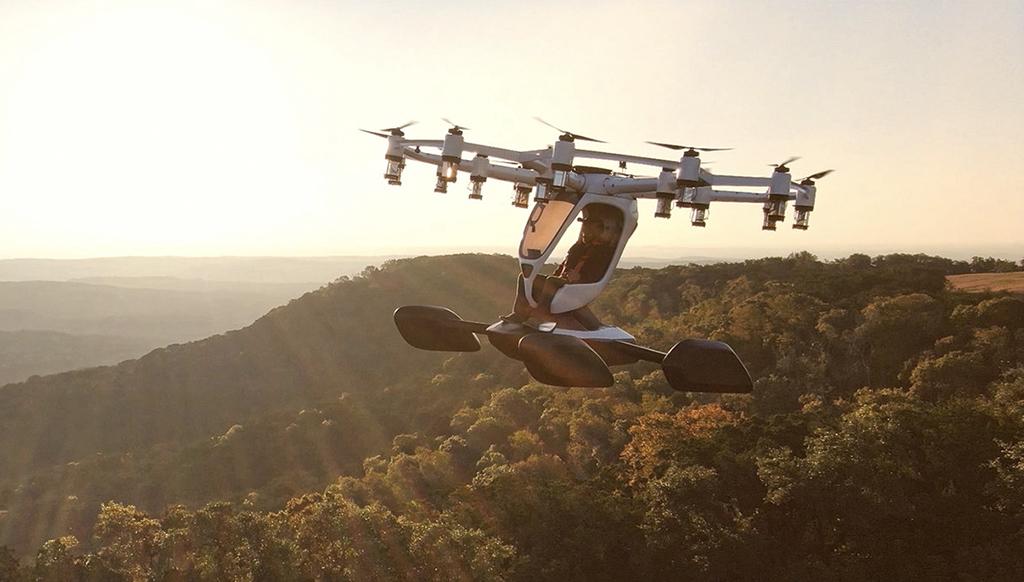
Lift Aircraft Hexa
Startup Lift Aircraft unveiled the Hexa single-seat multirotor eVTOL on Dec. 11; it started manned flight tests in November. Lift plans to operate the Hexa, which is designed to fit within ultralight rules, as an entertainment experience, with fleets of company-owned aircraft based at locations around the U.S.
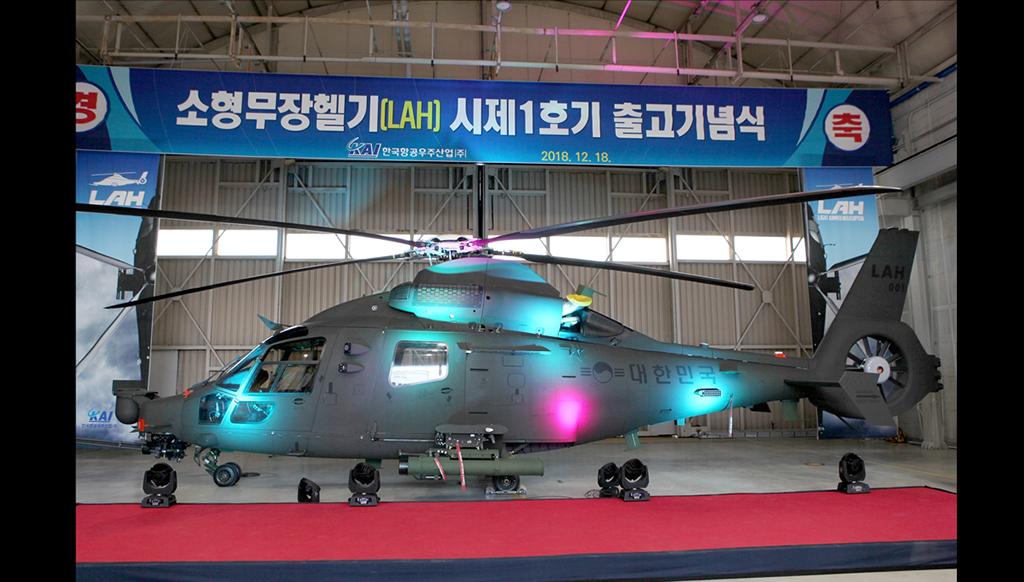
Korea Aerospace Industries LAH
Korea Aerospace Industries rolled out the Light Armed Helicopter (LAH) on Dec. 18. Developed with assistance from Airbus Helicopters, and based on its H155, the LAH is scheduled to fly in May 2019 and enter service in 2023. Development of the LCH (Light Civil Helicopter) variant is to be completed in 2021.
Vertical flight became a hot topic in 2018 with an explosion of activity on electric vertical-takeoff-and-landing (eVTOL) aircraft for recreational and air-taxi use. High-speed rotorcraft also made headlines over the year.
